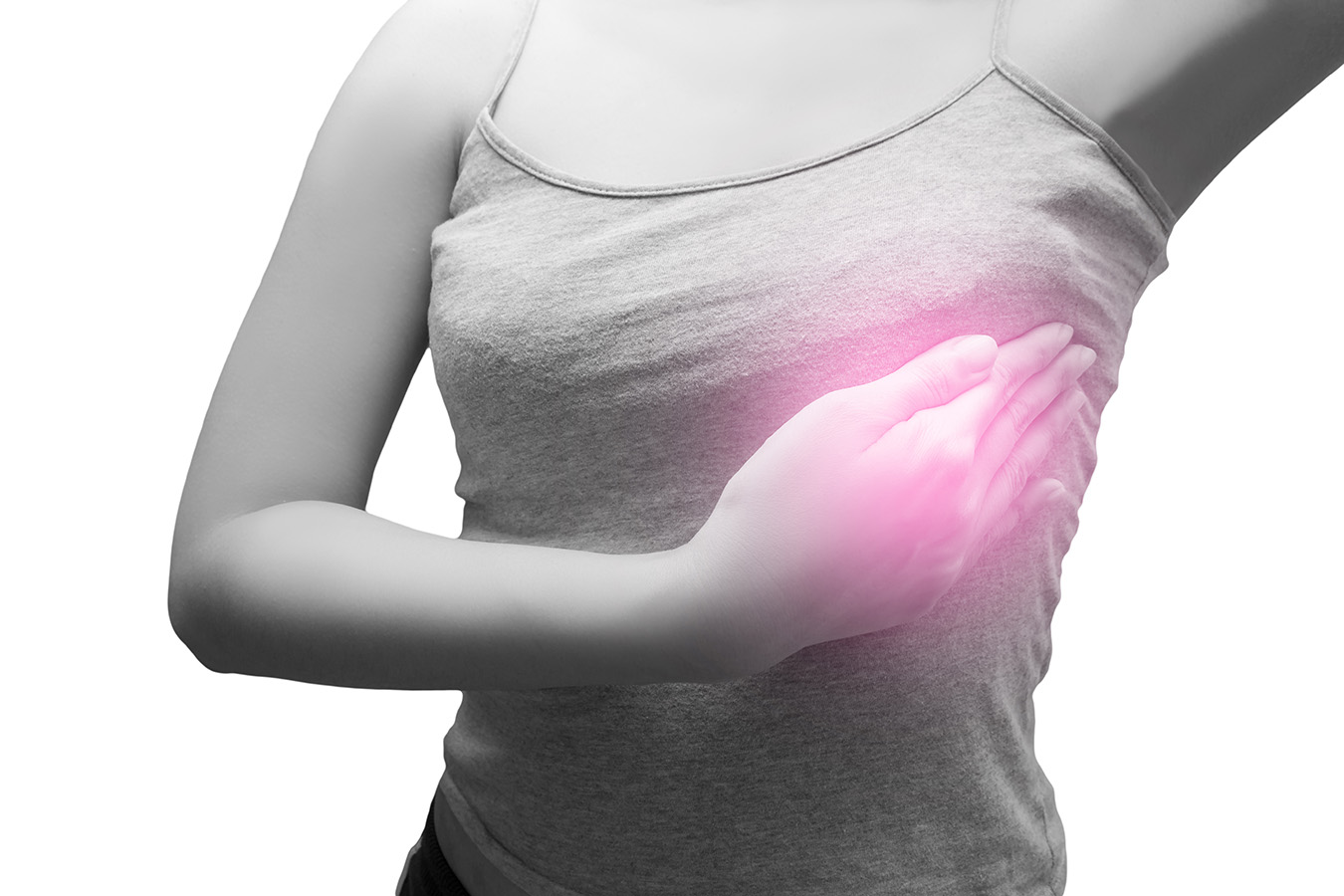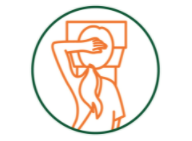Detecting Breast Cancer Early

Women with a family history of breast cancer are often well aware of their increased risk. If you’ve watched a loved one struggle with a breast cancer diagnosis, the experience may have motivated you to get tested for the BRCA gene mutations. What can you do to understand and reduce your risk for breast cancer and even detect the first signs of this disease?
If you have a family history of breast cancer
About 5% to 10% of cancer cases are hereditary. The risk is nearly double for women with a mother, sister, or daughter (first-degree relatives) diagnosed with breast cancer. If you have two first-degree family members with cancer, your risk triples. Having a father or brother with breast cancer also increases your risk.
Sylvester’s Breast Cancer Assessment Risk Evaluation (CARE) clinic offers risk assessment and genetic testing to determine if you are at high risk of developing breast cancer. Typically one of the first steps is to see if you carry the BRCA1 or BRCA2 gene mutations, which statistically increase the chance of developing breast cancer in your lifetime.
But, even if you test negative for these gene mutations, “there are other genes that can increase the risk of breast cancer,” says Alejandra Perez, M.D., a breast medical oncologist with Sylvester Comprehensive Cancer Center. “These genes include ATM, TP53, CHEK2, PTEN, CDH1, STK11, PALB2, and others. So, it is important for genetically at-risk patients to be tested again if they had only BRCA testing in the past.”
Other risk factors for breast cancer
“Many patients with breast cancer have no family history,” Dr. Perez says. “So, we cannot rely on that alone.”
Even if your immediate family has been spared from breast cancer, you can still have an increased risk for developing the disease if any of the following apply to you.
- Your risk increases as you get older. Most breast cancers are found in women 55 and older, though men can also develop breast cancer.
- Benign (noncancerous) breast conditions can contribute to your risk. These include lobular carcinoma in situ, atypical ductal hyperplasia, and atypical lobular hyperplasia.
- A woman who had radiation therapy to the chest for another type of cancer as a young adult has a significantly higher risk of breast cancer.
- Having dense breast tissue can increase your risk and makes it harder for mammograms to detect tumors.
- Women who started menstruating before age 11 or go through menopause after 55 have a higher risk of breast cancer.
- Being overweight or obese puts you at a higher risk than those who maintain a healthy weight.
The following lifestyle choices can also increase your risk:
- Drinking alcohol regularly or heavily
- Not exercising
- Smoking tobacco
- Eating red meat, processed foods, and refined sugar
What are the early signs of breast cancer?
“Most small cancers are non-palpable (cannot be detected by hand), and patients have no symptoms. Precancerous conditions of the breast are also non-palpable and have no signs/symptoms,” Dr. Perez says. That’s why “mammograms are the gold standard for early detection.”
All women should start getting annual mammograms at age 40. Women at high risk may begin at a younger age or receive additional screenings if their doctor recommends it.
In addition to your regular mammograms, all women should conduct self-breast exams each month. This may help you notice any changes in your breasts, which you should discuss with your doctor. Because most young women do not get mammograms, breast cancer is most often first detected in young patients after they notice a lump or change in the look or feel of their breast, nipple, or underarm area.
Speak to your doctor if you notice any of the following signs of breast cancer, which apply to both females and males:
- New lump in the breast or armpit
- Thickening or swelling of part of the breast
- Irritation or dimpling of breast skin
- Redness or flaky skin in the nipple area or the breast
- Pulling in of the nipple
- Pain in the nipple area or any area of the breast
- Blood or other discharge from the nipple
- Change in the size or the shape of the breast
Find out if you are at a higher risk for breast cancer
Based on genetic testing and an assessment of your overall health, medical history, and lifestyle choices, you may be identified as at high risk for breast cancer.
Take Sylvester’s breast screening assessment to learn more.
Dana Kantrowitz is a contributing writer for UMiami Health News.
Tags: breast cancer, breast cancer screening, breast exam, Dr. Alejandra Perez, high risk breast cancer

